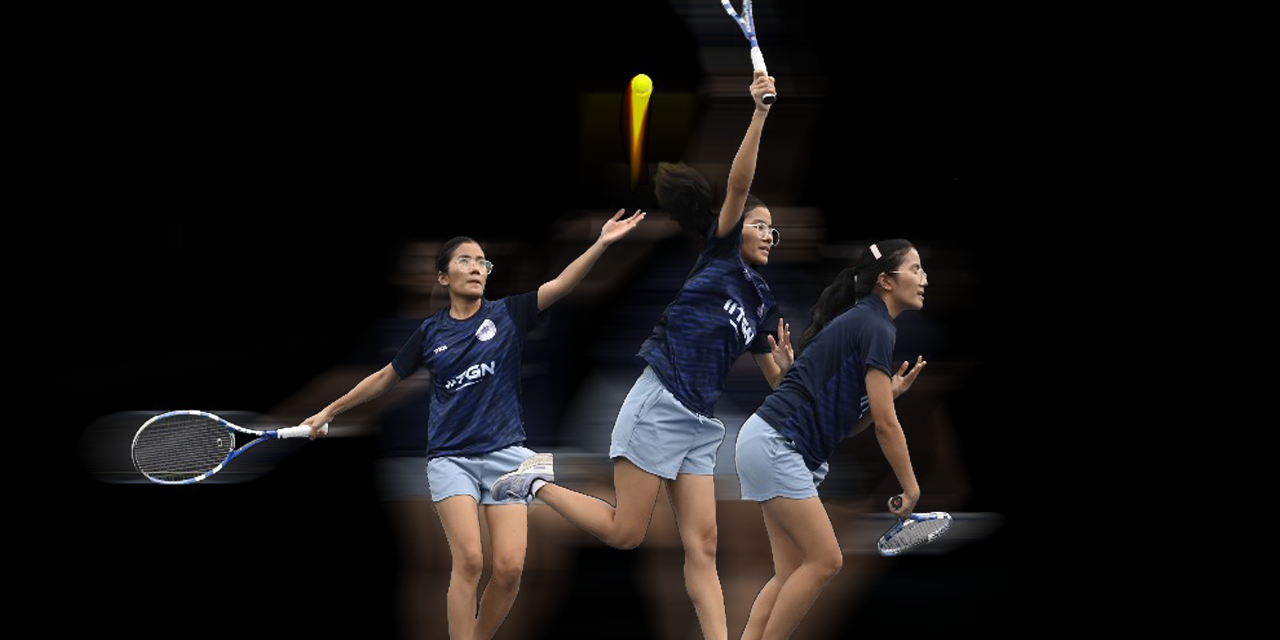STORY CREDITS
Writer: Manasasri Muralidharan
Photo: IITGN Photos
Mistakes are an essential part of the learning process, helping individuals progress from novice behaviour to expertise through continual practice and adjustments. But what exactly happens in our brains when we experience an error, and how do these errors influence our learning? A recent study published in PLOS Biology provides fresh insight into this question. Researchers from the Indian Institute of Technology Gandhinagar (IITGN) have explored the impact of various errors on our brain’s learning mechanisms. Their findings reveal that different error sources activate distinct learning mechanisms, and these mechanisms can be flexibly combined to improve future movements.
“Consider a tennis player attempting to hit a topspin in breezy conditions,” explained Dr Pratik Mutha, an Associate Professor in the Department of Cognitive and Brain Sciences at IITGN and senior author of the study. “While the player might initially make errors and miss their shots, they eventually succeed by adjusting their actions. A number of mechanisms contribute to this improvement.” One such process might involve the use of conscious and verbalisable strategies to select a different action, avoiding the recurrence of the error. For instance, a tennis coach might provide specific instructions on positioning the racquet or swinging the arm to execute an accurate topspin despite the breeze. In addition to such “explicit” learning based on verbal cues, there exist other tacit or “implicit” mechanisms that lead to a more gradual refinement of movements outside of conscious awareness. Such implicit processes are insensitive to verbal prompts and lead to more incremental improvements with practice.
Dr Mutha’s research group explored whether these distinct learning mechanisms are stimulated by different error sources encountered by the brain during movement. They specifically focused on “sensory prediction errors (SPEs)” and “task performance errors (TPEs)” in their work. SPEs occur when there is a mismatch between the sensory information that the brain expects to get and what it actually receives. For instance, the tennis player might anticipate their racquet swinging in a particular way, only to find its trajectory somewhat altered by the breeze. On the other hand, task performance errors (TPEs) occur when the intended goal is not achieved, such as the player missing the ball entirely, indicating that the action was unsuccessful.
In a series of experiments, the team used novel perturbations to induce specific errors, which then triggered learning in the participants. They found that different error signals set in motion distinct learning processes in the brain. “Our study indicated that implicit, sub-conscious learning is driven only by SPEs. Moreover, contrary to some theories, we also found that TPEs did not activate the implicit system”, said co-first author Anushka Oza. Co-first author and former PhD student Adarsh Kumar added that “TPEs led to a change in peoples’ volitional movement strategy, whereby participants consciously adjusted their actions to avoid repeating the error. Remarkably, when asked to turn off strategy use and ignore the TPE even if it affected task performance, participants demonstrated complete compliance. In contrast, with SPEs, participants compulsively adjusted their movements despite being told to disregard the error”.
The team also noted that when both SPEs and TPEs are present, these two learning mechanisms combine in interesting ways. According to Dr Mutha, automatic adjustments (driven by SPEs) and volitional strategy changes (triggered by TPEs) together set the stage for rapid learning and adaptation to new environments. “Understanding the source of errors and the neuro-computational mechanisms they stimulate is crucial for optimising learning,” said co-author and former IITGN student Apoorva Sharma, currently pursuing her PhD at Yale University. “This has clear implications for designing training programs for athletes and performing artists and designing better rehabilitation programs for individuals with neurological disabilities, such as stroke,” she added.
Having established the divergence in the learning mechanisms stimulated by different error signals, the team now aims to probe its neural foundations. They plan to use brain stimulation techniques to determine if targeting specific brain regions can selectively enhance or suppress one of these mechanisms. Their ultimate goal is to maximise learning and its retention over time in humans.
The full article can be found at: https://journals.plos.org/plosbiology/article?id=10.1371/journal.pbio.3002703.

